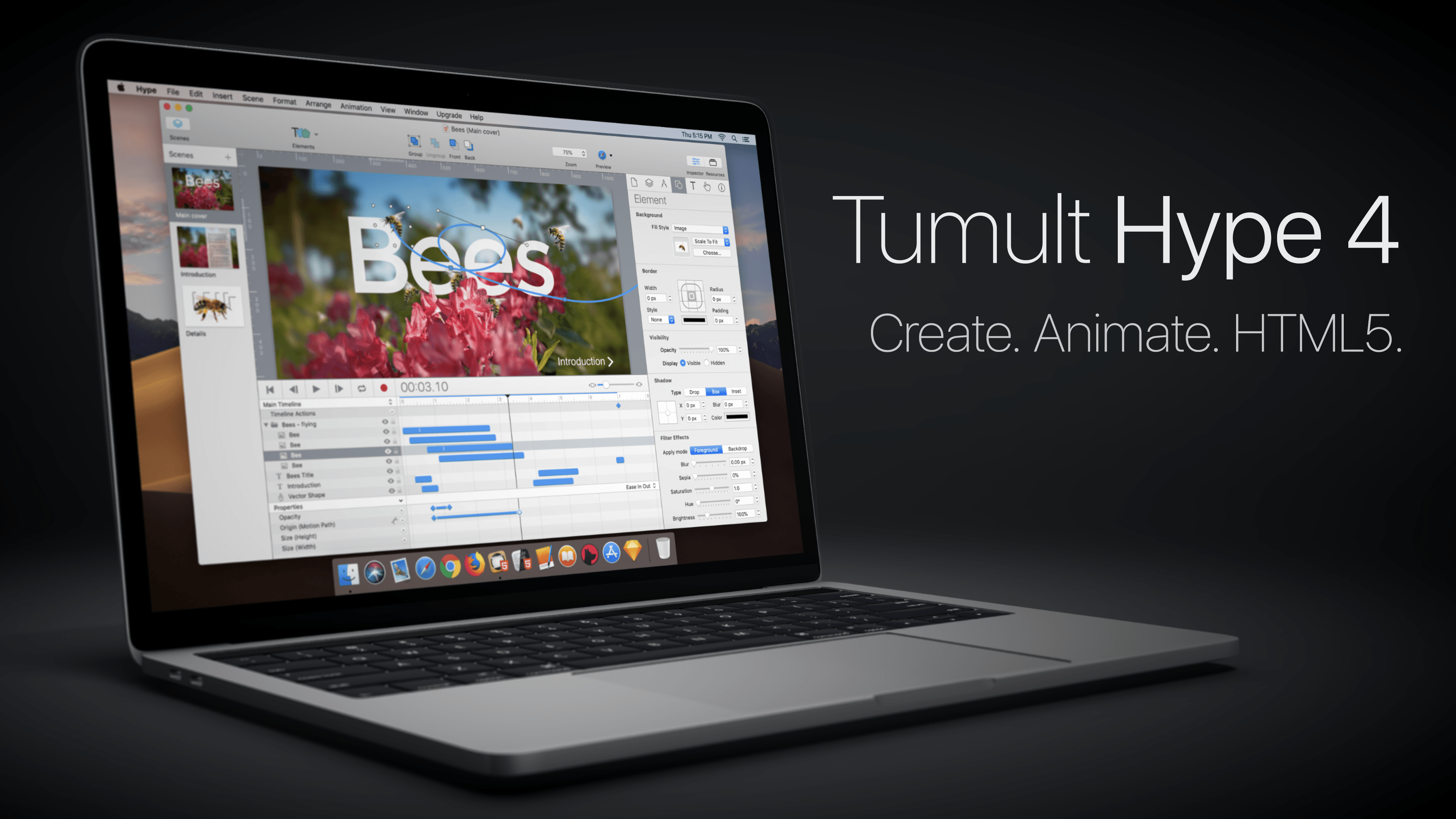Michael Steeber reports for 9to5Mac on some interesting developments he’s observed in certain Apple Stores recently:
Apple is evolving its in-store shopping experience with signage and display fixtures that remove ambiguity and encourage increased hands-on interaction with products. New designs that have been spotted in multiple locations reflect the changing requirements of busy stores and appear to address common customer needs.
He mentions things like signs indicating checkout zones, a new table guide spelling out differences between iPhone XR, XS, and XS Max, and more customer-friendly Watch displays.
The new retail design language Apple began rolling out in 2015 brought visual simplicity by deemphasizing signage, logos, and extraneous store fixtures. While more aesthetically pleasing, some customers have found contemporary stores challenging to navigate. These new fixtures and signs show that Apple is willing to fine-tune the balance between appearance and function.
Normally these changes might go overlooked, particularly since they’re currently only in a handful of stores, but they’re noteworthy for reasons of timing. Apple’s former head of retail, Angela Ahrendts, was recently succeeded by Deirdre O’Brien, and while all signs point to Ahrendts’ departure being amicable, one common complaint regarding her tenure is that Apple Stores became less functional shopping places despite growing unquestionably more beautiful and lavish in design. These few scattered signs of change spotted by Steeber indicate an early priority shift coming from Apple’s new SVP of Retail.












